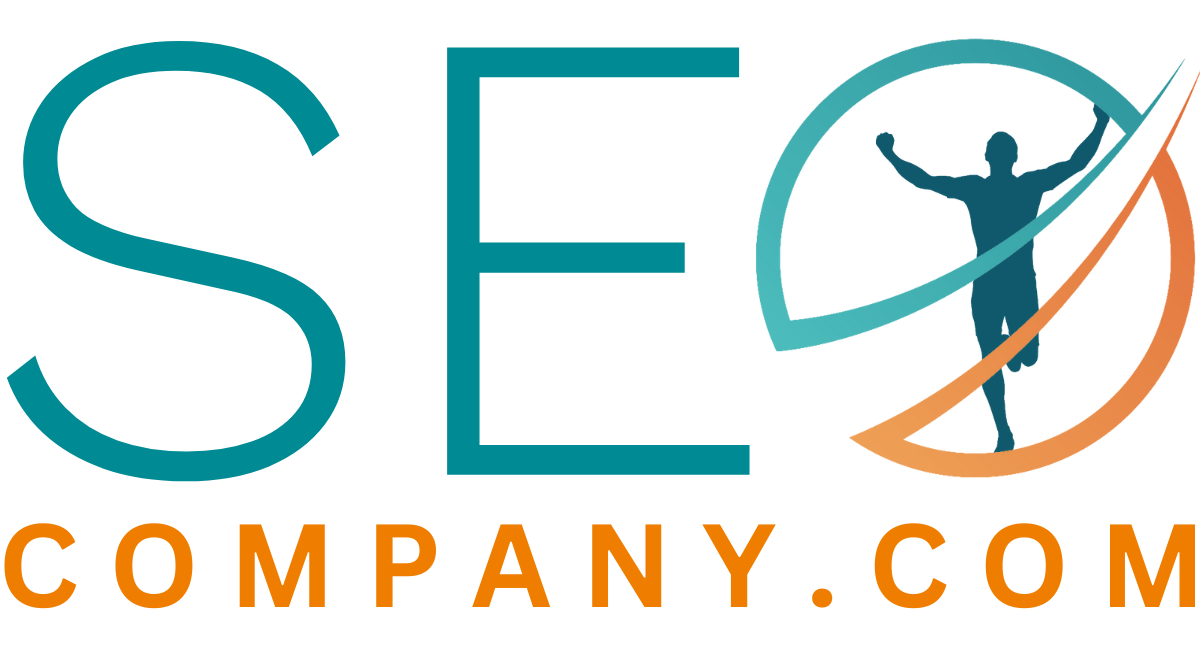
What is Engagement Rate?
Engagement rate is a digital marketing metric that measures the level of interaction and activity a user has with a particular piece of content or website. It is calculated by dividing the total number of engagements (likes, comments, shares, clicks, etc.) by the total number of impressions or views. Engagement rate is commonly used by businesses and marketers to track the success of their digital marketing efforts and to gain insights into their target audience’s behavior and preferences.
Relationship and Importance to Web Design
Web design plays a crucial role in engagement rates as it influences how users interact with a website. A well-designed website can make it easier for users to navigate, find the information they need, and engage with the content. A website that is difficult to navigate, takes too long to load, or is not visually appealing can negatively impact engagement . Therefore, web design should prioritize usability and user experience to maximize engagement and drive conversions.
Relationship and Importance to Accessibility
Accessibility is important for engagement as it ensures that all users can access and engage with digital content regardless of their abilities. By designing and developing websites with accessibility in mind, businesses can create a more inclusive and engaging experience for all users. Accessibility features such as alt text for images, keyboard navigation, and color contrast can improve engagement rates by making it easier for users to interact with the content.
Relationship and Importance to Search Engine Optimization
Engagement rate can also impact search engine optimization (SEO) as it is a factor that search engines like Google consider when ranking websites. Higher engagement rates indicate that a website is providing valuable content and engaging experiences for users, which can lead to higher search rankings. Additionally, engagement metrics such as click-through rate (CTR) can impact the visibility of search ads, making them more likely to appear to users who are likely to engage with the content.
Caution Against Black Hat Techniques
It is important to note that while engagement rate can be a valuable metric for businesses and marketers, using black hat techniques to artificially inflate engagement is not recommended. These tactics, such as buying likes or comments, are against Google’s guidelines and can result in penalties or even getting banned from the platform. It is always best to focus on creating high-quality content and engaging experiences for users rather than resorting to unethical practices to boost engagement rates.
History and Usage
Engagement rate has become increasingly important in digital marketing as businesses have shifted their focus from simply getting as many impressions as possible to creating engaging content that drives conversions. The term “engagement rate” was first coined in the early 2010s as social media platforms like Facebook and Twitter began to gain popularity as marketing channels. Since then, engagement rate has become a widely used metric across various digital marketing channels, including social media, email marketing, and search advertising.
Common Questions About Engagement Rate
- What is a good engagement rate?
The average engagement rate varies depending on the industry and platform. As a general rule, a rate of 1-3% is considered average, while rates of 3-6% are above average and rates above 6% are considered high. - What factors can impact engagement rate?
Engagement rate can be influenced by a variety of factors, including the quality and relevance of the content, the target audience, the time of day, and the platform being used. - How can businesses improve their engagement rate?
To improve engagement, businesses should focus on creating high-quality, relevant content that is tailored to their target audience’s interests and preferences. Additionally, optimizing website design and accessibility can make it easier for users to engage with the content. Finally, businesses can use analytics tools to track engagement metrics and make data-driven decisions to improve their digital marketing efforts. - Can engagement rate be measured across all digital marketing channels?
Engagement rate can be measured across most digital marketing channels, including social media, email marketing, and search advertising. However, the specific engagement metrics may vary depending on the channel. For example, engagement on social media may include likes, comments, shares, and followers, while engagement rat for email marketing may include open rates, click-through rates, and unsubscribe rates. - How does engagement rate relate to conversion rate?
Engagement and conversion rate are both important metrics in digital marketing, but they measure different aspects of user behavior. Engagement measures how users interact with content, while conversion rate measures how many users take a specific action, such as making a purchase or filling out a form. A high engagement rate can lead to a higher conversion rate by increasing user interest and trust in the brand or product.
How often should businesses track engagement rate?
Businesses should track engagement regularly to monitor the success of their digital marketing efforts and make data-driven decisions. The frequency of tracking will depend on the business’s goals and resources, but it is recommended to track engagement at least once a month to identify trends and make adjustments to the strategy as needed.
Conclusion
Engagement rate is an important metric in digital marketing that measures the level of user interaction and activity with content. It is influenced by factors such as content quality, website design, accessibility, and platform. Engaging experiences and high-quality content can lead to higher engagement rates and ultimately drive conversions. While businesses should aim to improve engagement rates, it is important to avoid black hat techniques that violate Google’s guidelines. Regular tracking of engagement rate can help businesses make data-driven decisions and improve their digital marketing efforts.
